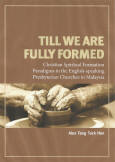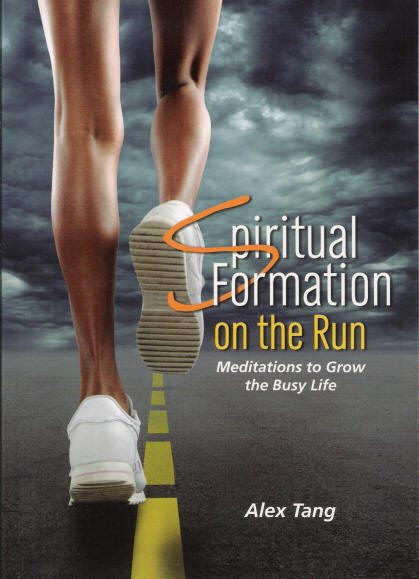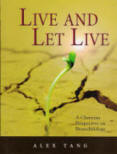Supper with Emmaus
Supper at Emmaus
A wonderful painting of the scene at Emmaus where the two travellers recognised Jesus as the Resurrected Christ (Luke 24:13-32) is a favourite theme of Rembrandt. He frequently returned to this scene in his sketches and paintings. This oil painting titled The Supper at Emmaus completed in 1648 during his so-called ‘mature’ years was in complete contrast with another painting one the same theme that was done during his ‘younger’ years.
The simplicity of the composition is what make this painting powerful. Jesus breaking bread during a meal with two fellow travellers. Someone is serving them. The central focus is Jesus with his calm features and the warm light radiating from him; illuminating Jesus Himself, the bread and the table. There is a look of shock on one of the traveller’s face as he recognised Jesus. The sense of shock is illustrated by the posture of the other traveller. The meal seems to be in a large cavernous hall. Jesus’ radiance seems to be driving back the darkness in the archway and doorway. This painting conveys the shock of revelation in a calm and controlled way.
Spiritual knowing or revelation is often shocking as it challenges our worldviews. Yet it should not be noisy and chaotic. Spiritual revelation often occurs in a calm and controlled environment. Like during an ordinary meal, walking in the park or quiet in our prayer cell. It is not dramatic. There should not be theatrics involved. There is no sense of hurry. The revelation would unfold in its own time.
Compare that to our busy, hurried and noisy world. Interconnectivity, television and the Internet have created a generation with short attention spans. All information should be conveyed in 5 seconds sound bites by talking heads. There is no place for serenity and peacefulness. We are always in a hurry. God is not in a hurry. Rembrandt tried to show us as Jesus revealed Himself as fully God and fully man, it was done in a calm and peaceful way.
Many of us would have scanned the painting before reading my words. Look at the painting again but this time spends more time with it. Look at different parts of the painting and let it talk to us. Imagine during dinner with a friend. He seems vaguely familiar but you just cannot place him. Suddenly he looks at you and smiled. Instantly, like a flash of lightning, you recognise him as Jesus Christ! He continues to smile in a gentle and compassionate way and offers you a piece of his bread. There seems to be a radiance emanating from him. This is my body broken for you. There is a strong feeling of peace, rest and refreshing in his presence. Come to me you who are heavy laden and I will give you rest. Let the light from Christ embrace us.
.
Labels: Art Works, Jesus, Jesus Christ, meditation

























